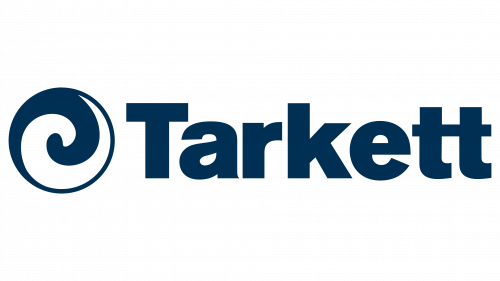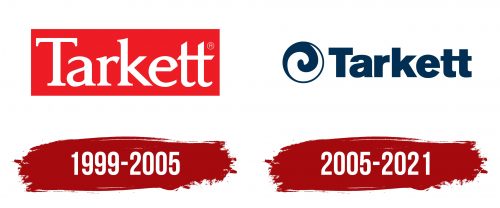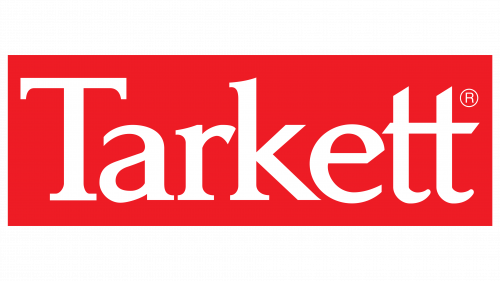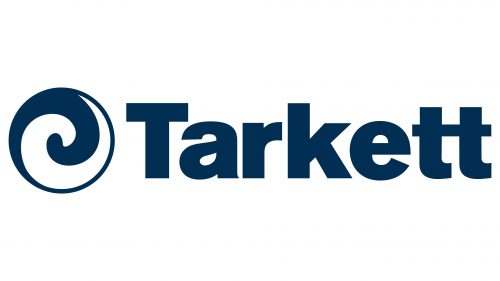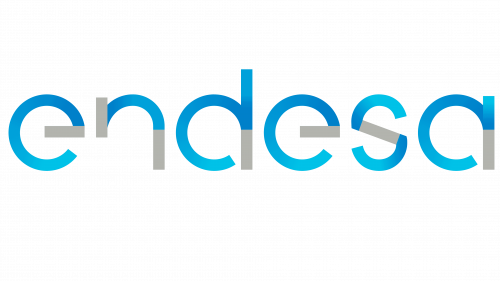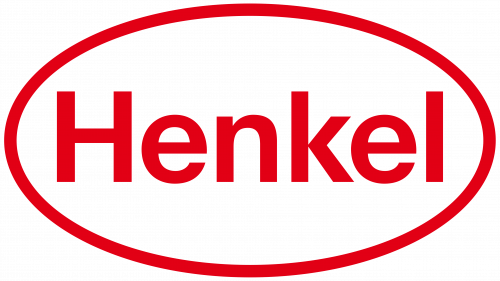The Tarkett logo embodies the precision and practicality characteristic of a manufacturer of flooring and wall coverings. The emblem effectively conveys the strict geometric design essential for producing such products and creating a harmonious interior.
Tarkett: Brand overview
The company Tarkett has a history that stretches back to the 1800s. Germany’s Sommer was established in 1880, focusing on textile manufacturing at first. With time, Sommer’s operations grew to encompass flooring production. Concurrently, Allibert was founded in France in 1913. Allibert entered the flooring business after first specializing in leather goods.
A momentous occasion was the 1972 amalgamation of Sommer and Allibert, the new name of the United business. This merger greatly improved the new firm’s standing in the flooring sector by combining the resources and knowledge of two large market players.
Sommer-Allibert actively developed during the 1970s and 1980s, increasing its market share in Europe and investing in cutting-edge production techniques. The business became one of Europe’s top vinyl flooring producers.
Sommer-Allibert pursued its acquisition-based expansion strategy throughout the 1990s. Beyond Europe, the corporation entered new foreign markets.
Another major occasion in the company’s history happened in the fall of 1997—the German business Tarkett AG, which had a long history of producing flooring, amalgamated with Sommer-Allibert. The United business continued to use the prior names by renaming itself Sommer-Allibert SA.
From 1997 to 2008, Sommer-Allibert SA’s global footprint grew, and its business procedures became even more integrated. Sommer-Allibert SA invested substantially in R&D to produce cutting-edge goods for diverse flooring market niches.
By acquiring Johnsonite, a North American flooring maker, in 2003, the company considerably improved its standing in the American market.
The business bought Sintelon, a major Eastern European flooring manufacturer, in 2006. This acquisition increased the firm’s production capabilities and reinforced its position in the Eastern European market.
The company’s management decided to rename it in 2008. Tarkett formally replaced Sommer-Allibert SA as the firm’s name, uniting all its divisions and products under one umbrella. This choice was made to unify the company’s marketing approach under a single worldwide brand.
Following the rebranding, the company maintained its focus on growth and innovation. In response to the increasing demand for sustainable products, it developed ecologically friendly flooring production processes.
In 2010, Centiva, an American business that produced opulent modular vinyl flooring, was purchased, enhancing its standing in the premium market.
An important turning point occurred in 2013 when the business held an initial public offering (IPO) on the Paris Stock Exchange. As a result of this event, the firm now has more resources available for growth and development.
In 2014, the company bought Desso, a prominent European producer of commercial carpet flooring, as part of its ongoing expansion strategy. The acquisition reinforced the firm’s position in the commercial flooring industry and increased its product line.
The latest environmental initiative, “Doing Good. Together,” debuted in 2015. This program’s objectives were to lessen the company’s negative effects on the environment, enhance people’s quality of life, and encourage wise resource usage.
The business unveiled its cutting-edge IQ Natural technology in 2016, enabling the manufacture of vinyl flooring with renewable resources. This was a major advancement in the direction of greener manufacturing.
The year 2017 was notable because Lexmark Carpet Mills, an American maker of carpet flooring for the hospitality industry, was acquired. This agreement improved the firm’s standing in the US commercial flooring industry.
In 2018, the company launched the Tarkett Pro online platform for experts in design and architecture, continuing its ongoing digitalization drive. This platform enabled access to various flooring design and visualization tools.
For the firm, 2019 represented a major advancement in the circular economy. It started the ReStart® program in North America and Europe to collect and recycle old flooring.
Despite the difficulties in the world economy in 2020, the company kept investing in sustainability and innovation. It unveiled a brand-new line of recycled-material vinyl flooring.
Major changes occurred in corporate governance in 2021. The primary shareholder, the Deconinck family, teamed up with Wendel Group to start streamlining the firm’s capital structure, ultimately resulting in the company’s delisting from the Paris Stock Exchange.
In 2022, the company expanded its market share in the sports flooring industry by launching several cutting-edge products for sports facilities, such as running tracks and environmentally friendly artificial turf.
A major technological breakthrough occurred in 2024. The business unveiled the cutting-edge “SmartFloor” system, incorporating sensor technology into flooring. This advancement made it possible to design “smart” flooring to monitor activity and movement in areas. This is especially useful in the retail and healthcare industries.
In the same year, the company opened a new manufacturing facility in India, further extending its reach into the Asian market. It widened its product line to include fresh flooring options and solutions for several market niches, including commercial, sports, and residential settings.
Meaning and History
What is Tarkett?
It is a world leader in flooring and sports surfaces. The company offers a wide range of flooring products, including vinyl, laminate, linoleum, carpet, wood, and rubber flooring, for various residential, commercial, and industrial applications. It manufactures eco-friendly flooring options that promote healthy indoor environments and reduce environmental impact. The brand offers sports flooring for both indoor and outdoor use, catering to the needs of sports facilities and recreational areas. The company’s emphasis on quality, design, and sustainability makes it the preferred choice for architects, designers, and consumers worldwide.
1999 – 2005
The nature of a company’s business is directly reflected in its visual identity. A prime example is the Tarkett logo. It encapsulates the core principles of a flooring and wall covering manufacturer, whose products must fit perfectly on surfaces, aligning harmoniously with patterns. This is why the emblem is geometric consisting of two elements:
- A straight rectangle
- A single-line inscription
The first element is the background, a standard geometric shape with smooth edges, precise angles, and a horizontal orientation. Inside, the brand name is displayed in a classic serif font with distinctive serifs featuring a slight slope. Most of the letters appear to stand independently, spaced apart. Despite this, the text remains highly legible due to its strong contrast with the background.
However, the two “t” s are perceived as a single glyph, connected by a shared stroke. This graphic technique adds originality to the emblem, making it memorable. The upper ends of these letters are cut diagonally, and the lower ends are rounded. Due to the diagonal cuts on the double glyph’s crossbar, it resembles a hashtag (#), turning it into a modern symbol. The white color of the text makes the brand name visible on any display.
While the logo is standard, it still exhibits individuality. It reflects the precision crucial for a flooring manufacturer, ensuring that patterns align perfectly without disrupting the design’s harmony. The bold, lowercase font emphasizes this quality, allowing the word “Tarkett” to fit within the confined space. As a result, the text occupies nearly the entire background rectangle, conveying reliability and product quality.
2005 – 2021
The new Tarkett logo features the brand name accompanied by a futuristic circle. The spiral pattern at its center adds a touch of futurism, creating a hypnotic element that inspires clients to choose the company’s products. The “spinning” center introduces active motion to the emblem, visually resembling a pinwheel that turns with every breeze.
The unique shape, featuring two rounded elements, also evokes the yin-yang symbol, representing the harmonious unity of opposites. However, unlike the traditional Japanese sign, this one doesn’t use black; instead, it employs a deep navy blue. This color is rich enough to create a strong contrast with the white spiral stripe, reflecting the manufacturer’s precise approach to flooring and wall coverings, where high accuracy and flawless design create a unified and harmonious space.
To the right of the circle is the brand name. It’s written in an entirely different font: extra bold, squat, and grotesque. Most lowercase letters are rounded, except for the “k.” The glyphs feature broad strokes and smooth curves, adding softness and friendliness to the emblem. The two “t” letters remain joined, sharing a single crossbar. The letters seem to hold hands, welcoming customers. However, the paired glyphs no longer resemble the hashtag symbol (#).
The first “T” stands somewhat apart, as if it belongs to a completely different style: capitalized, strict, and geometric. It has many sharp angles and no rounding. The designers imbued this letter with all the utility associated with the brand and its products, emphasizing the critical importance of precision, durability, and meticulous size fitting.
